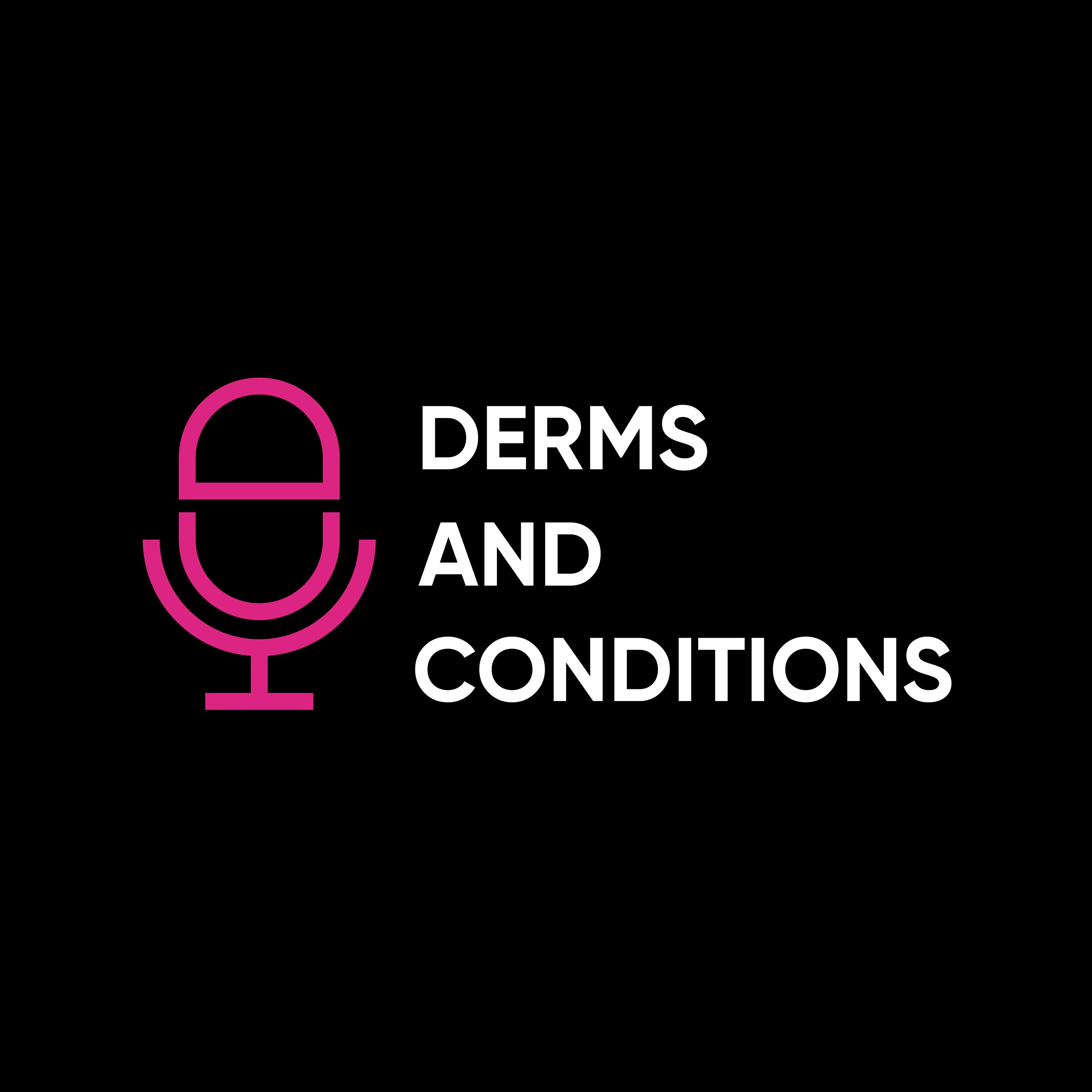- Health
- SEE MORE
- classical
- general
- talk
- News
- Family
- Bürgerfunk
- pop
- Islam
- soul
- jazz
- Comedy
- humor
- wissenschaft
- opera
- baroque
- gesellschaft
- theater
- Local
- alternative
- electro
- rock
- rap
- lifestyle
- Music
- como
- RNE
- ballads
- greek
- Buddhism
- deportes
- christian
- Technology
- piano
- djs
- Dance
- dutch
- flamenco
- social
- hope
- christian rock
- academia
- afrique
- Business
- musique
- ελληνική-μουσική
- religion
- World radio
- Zarzuela
- travel
- World
- NFL
- media
- Art
- public
- Sports
- Gospel
- st.
- baptist
- Leisure
- Kids & Family
- musical
- club
- Culture
- Health & Fitness
- True Crime
- Fiction
- children
- Society & Culture
- TV & Film
- gold
- kunst
- música
- gay
- Natural
- a
- francais
- bach
- economics
- kultur
- evangelical
- tech
- Opinion
- Government
- gaming
- College
- technik
- History
- Jesus
- radio
- movies
- services
- Church
- podcast
- Education
- international
- Transportation
- Other
- kids
- podcasts
- philadelphia
- Noticias
- love
- sport
- Salud
- film
- and
- 4chan
- Disco
- Stories
- fashion
- Arts
- interviews
- hardstyle
- entertainment
- humour
- medieval
- literature
- alma
- Cultura
- video
- TV
- Science
- en
Fundamentals of JAK inhibitors and what makes them TYK

In episode 33 of Derms and Conditions, our host James Q. Del Rosso, DO sits down with April W. Armstrong, MD, MPH, Professor of Dermatology and Associate Dean at the University of Southern California. The two discuss the Janus tyrosine kinase (JAK) pathway and how JAK inhibitors have become a useful tool in treating several chronic dermatologic conditions. Dr. Armstrong notes that different members of the JAK family pair in different ways and therefore enhance different intracellular signals. In fact, these pairings are why certain JAK inhibitors are used for certain disease states and subsequently lead to a variety of adverse effects. Dr. Armstrong emphasizes the importance of knowing which JAK molecule the drug acts upon and the associated side effects for clinical monitoring. She highlights that one member of the JAK family, TYK2, can have a more targeted effect based on where the molecule is inhibited and therefore lead to fewer adverse effects. She goes on to discuss an example of a common case encountered in practice and some of the relative and absolute contraindications to starting a JAK inhibitor. You won’t want to miss these important pearls that can help you navigate this complex but exciting area of therapeutics.